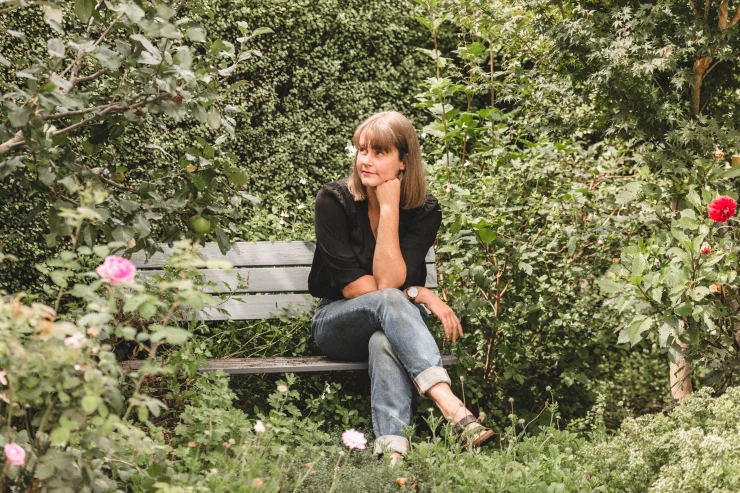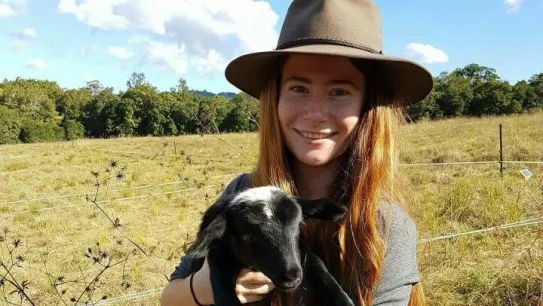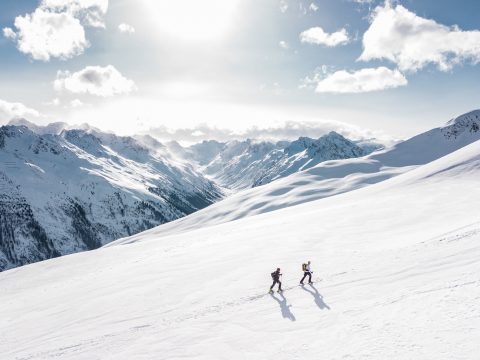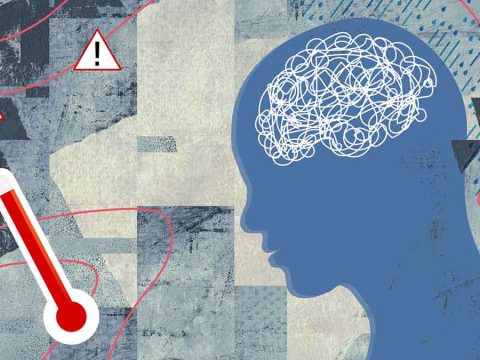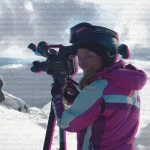
Climate Grief is changing the way we view our planet:
13 May 2021
Jonica Newby
1 November 2021
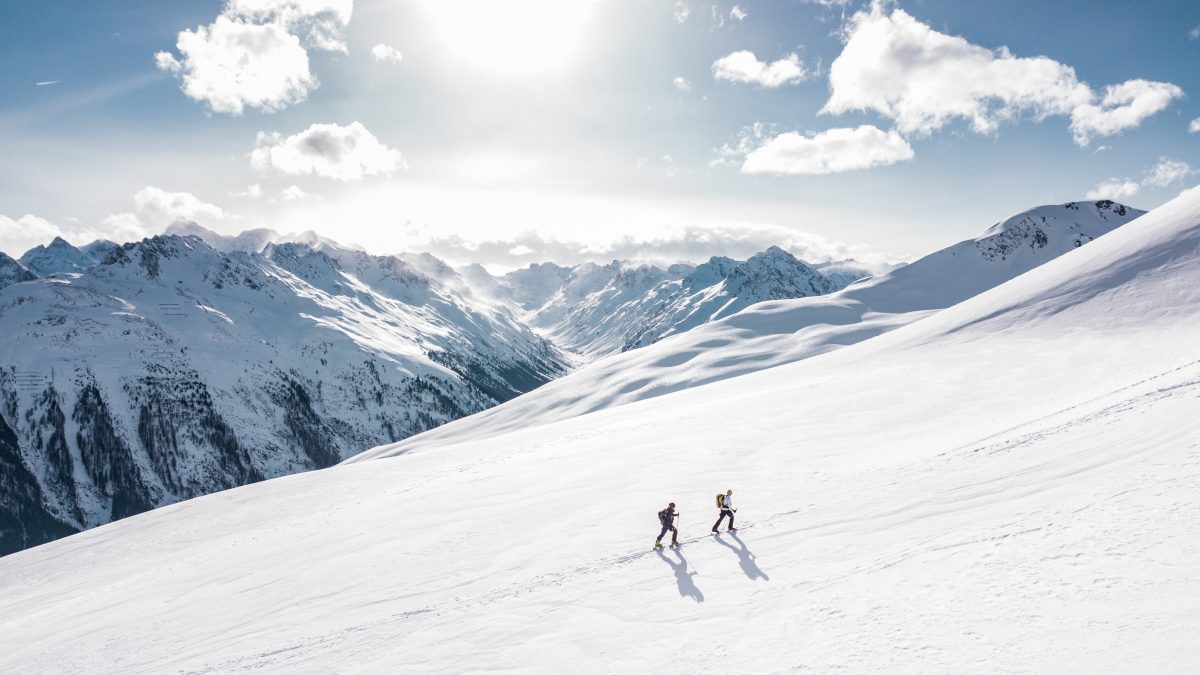
Published by: Sunday Life
Reading Time: 10 mins
Original source: click here
The melting ice-caps have broken my heart
‘I could no longer look away’: a science reporter’s tipping point
When I went to my doctor a couple of years ago and asked for my first ever prescription for antidepressants, she was really surprised. Especially when I revealed what had brought me to this crisis point. It was love … for snow. You may wonder how I fell for snow when I tell you I grew up in Western Australia – more famous for sharks than chalets. But my fairy tales were full of snow, enchanting me with their sparkly, magical stories of wardrobes that open into Narnia or heroic hobbits braving treacherous alpine peaks.
There was also a more personal connection. You see my grandparents were Norwegian, and this is the story my granny told me. At the beginning of the Second World War, Papa was a handsome fighter pilot. When the German air force invaded Norway, he and his squadron escaped by taking off and landing on a frozen lake. That night, the villagers came and covered the planes in white sheets.
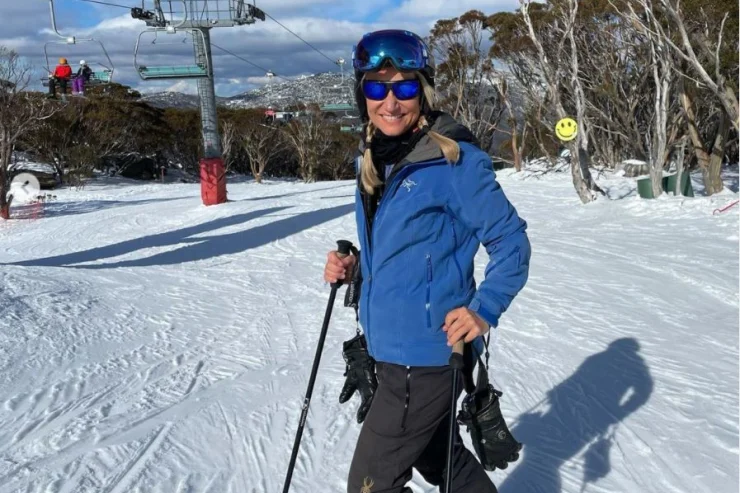
“I am learning that climate grief is to be welcomed. It honours what you love, shows you care, and can be used as a bounce point to go forward with courage, motivation and hope.”
Disguised as snow, they couldn’t be seen by the Luftwaffe’s planes as they flew overhead. The next day, the squadron was able to continue its escape. So, in a sense, I always felt my grandfather was saved by snow.
Fast forward: I grew up, moved to Sydney where I became science reporter for ABC TV’s Catalyst program, and my childhood infatuation grew into a full-blown passion when I discovered Kunama Namadji (as they’re called in the Ngarigu language), also known as the Snowy Mountains.
I had all the symptoms of a crazy crush. Yes, I was that girl, internet-stalking Thredbo, boring my colleagues with descriptions of its crystal-crusted peaks, its wombat snow caves, its twisted snow gums glowing beneath ice-covered leaf chandeliers. I even dreamed about snow.
Over time, I came to realise that just as we are primed to fall in love with people, we are primed by our biology to fall in love with places.
Why? Because we have evolved to love the elements of life that matter most to our survival. The biologist and philosopher E. O. Wilson coined the term biophilia to describe our innate urge to love certain living things or natural settings.
Indigenous Australians understand this deeply, the connection to country reaching back millennia. But we all feel it intuitively and have special beaches or farms or forests we love. That love is there to make us protect the landscapes on which we depend. I’ve come to call them heartplaces. So how would you feel if you found out your heartplace could die?
I’m a science reporter. I don’t know why I thought snow would be magically immune to climate change. But logically, can you think of anything more vulnerable to rising temperatures than snow? I was in denial, like so many of us who look away, not really thinking it could happen to the places we love.
But after a year of deep-dive research into what was going to happen to snow worldwide, especially here in Australia, I started to weep. I could no longer look away from what the graphs revealed.
If we don’t find the will to rapidly reduce carbon emissions and stick to 1.5 degrees of warming or less, then our magical snowscape will … melt away.
That’s what propelled me into my doctor’s office. I felt like I did when my partner was diagnosed with cancer, only worse. I was suffering a new phenomenon: climate grief.
Above all, I’m learning to act. Because that’s the advice from everyone I’ve met – from disaster specialists to teenage school-strikers. The only way to process the emotional realities of climate change is to do what you can to save what you love.
We’ve heard of global tipping points, but there are also personal tipping points – the moment the abstract of climate change becomes real and emotional. For me, my love for snow. For Mum, the fires hitting her town of Mallacoota. I’m seeing more and more Australians reaching that moment as our fears about the future take their toll.
In my case, climate grief for snow was the reality face-slap I needed. As I walked out of the doctor’s, a pocket full of antidepressants, my life changed direction. I’ve spent the last two years on a personal quest, asking wise people how we live a good and happy life under the weight of this fearsome knowledge.
I am learning that climate grief is to be welcomed. It honours what you love, shows you care, and can be used as a bounce point to go forward with courage, motivation and hope.
I am learning that to avoid feeling overwhelmed, to foster a “healthy information diet” which balances out the bad news with positive stories.
Above all, I’m learning to act. Because that’s the advice from everyone I’ve met – from disaster specialists to teenage school-strikers. The only way to process the emotional realities of climate change is to do what you can to save what you love.
With the nights gone cold, I’m dreaming of snow again. I’ve been internet-stalking Thredbo, impatient to frolic with the flakes. (Hey, no one said to stop having fun!) But I vow never to turn away in denial, to always take action to ensure my heartplace survives. My grandfather was saved
by snow; I owe it to snow to save it.
Oh – and I never needed to take those antidepressants.
Beyond Climate Grief (New South Books) by Jonica Newby is out now.
This article appears in Sunday Life magazine within the Sun-Herald and the Sunday Age on sale July 25. To read more from Sunday Life, visit The Sydney Morning Herald and The Age.
Make the most of your health, relationships, fitness and nutrition with our Live Well newsletter. Get it in your inbox every Monday.
